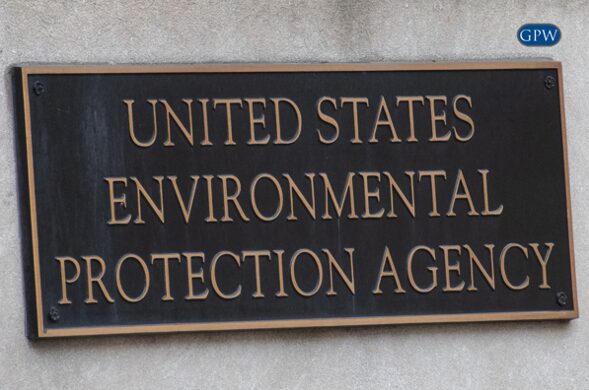In 1965, the American Law Institute published the second edition of Restatement of the Law of Torts and set into motion a special rule on strict liability, which states in Section 402A “One who sells any product in a defective condition unreasonably dangerous to the user or consumer or to his property is subject to liability to physical harm thereby caused by the ultimate user or consumer.” This special rule would ultimately open the doors for asbestos litigation, as it allowed victims suffering from an asbestos illness to be able to sue the asbestos manufacturers, as opposed to just their employers.
The doctrine of strict liability is not a new concept and actually dates back to the 13th century in England, when harsh penalties were enforced upon brewers, butchers, or any other person that served tainted meat. In the 19th century, the doctrine of strict liability made its way to the United States, holding the seller of food or drink to be liable if someone became ill from their product, even if it was not the seller’s fault. It was around this time the concept of strict liability began to expand to third parties and products that were for bodily use, such as cosmetics.
As the doctrine of strict liability continued to evolve, it eventually better defined who constituted as a user: anyone enjoying the benefits from a product or working with a product, and also stated that “unreasonably dangerous” products must contain warning labels for the user. These changes propelled asbestos litigation forward, and it all began with a life-long asbestos insulator, Claude Tomplait.
For over 20 years Tomplait had been an asbestos insulator and a member of the Local 112 of the International Association of Heat and Frost Insulators and Asbestos Workers. He mainly insulated steam pipes, boilers, and turbines throughout shipyards, power plants, and oil refineries. After receiving an asbestosis diagnosis, Tomplait sought out legal help in hopes to file a product-liability lawsuit against the manufacturers of the various insulation products he used over the course of his career.
Six defendants were named in this case, one of them being Fibreboard Paper Products, who eventually was the only company who refused to settle, taking Tomplait to trial in the spring of 1969. Tomplait did lose that lawsuit because he could not specifically remember which jobs he used Fibreboard products; however, because his legal team was able to get the other five defendants to settle for a total of $75,000, others who were suffering because of their asbestos exposure were able to come forward and make a claim.
The doctrine of strict liability played an important part in asbestos litigation; allowing workers injured by their asbestos exposure to receive compensation for their hardships, medical bills and procedures, and most importantly, the comfort of their loved ones. At Goldberg, Persky, & White, P.C., we understand that companies knew about the dangers of asbestos, but continued to downplay the issues; effectively putting profits above workers’ health. If you have been diagnosed with lung cancer, mesothelioma, or asbestosis, it is important you get legal help. Contact us today for a free, no obligation consultation.
Source:
Paul Brodeur, Outrageous Misconduct, pgs 29-39, (1985).



